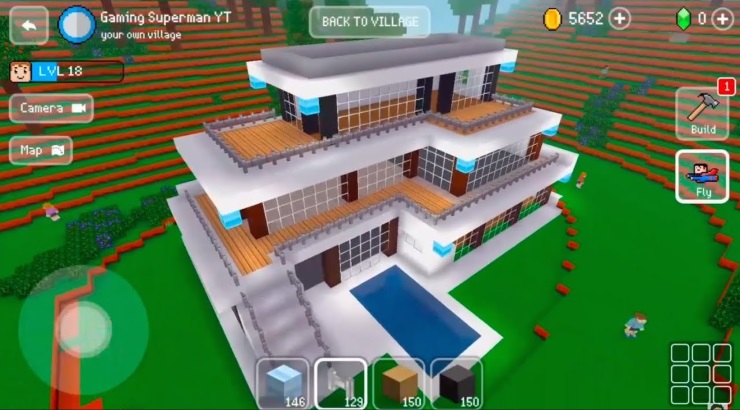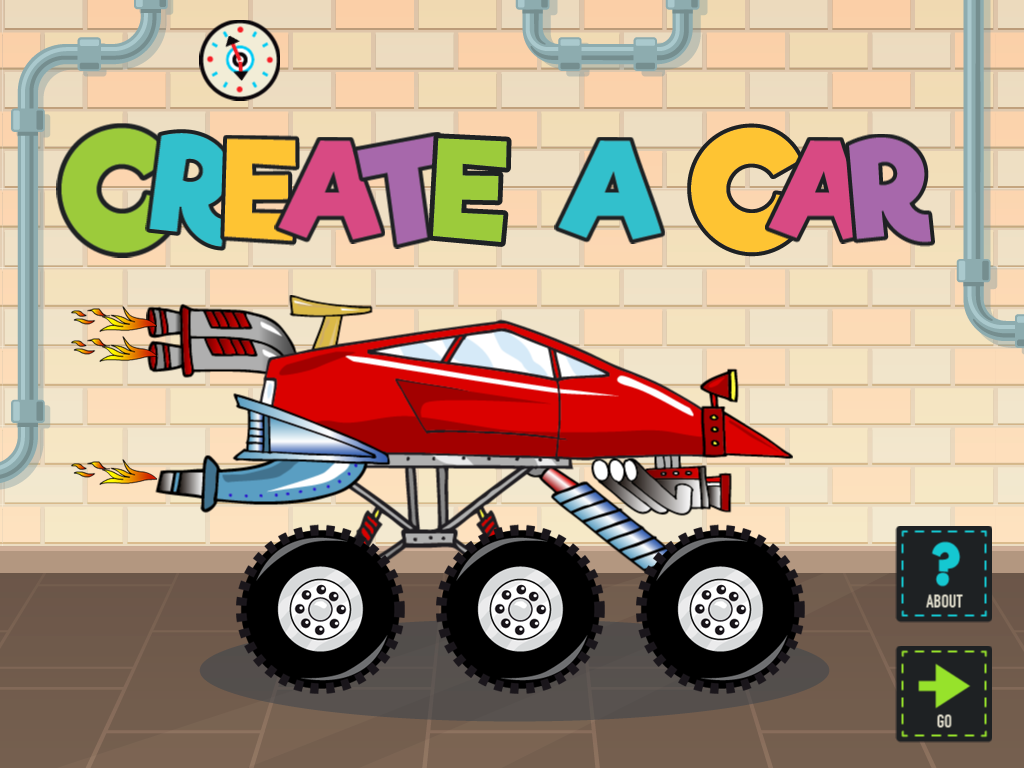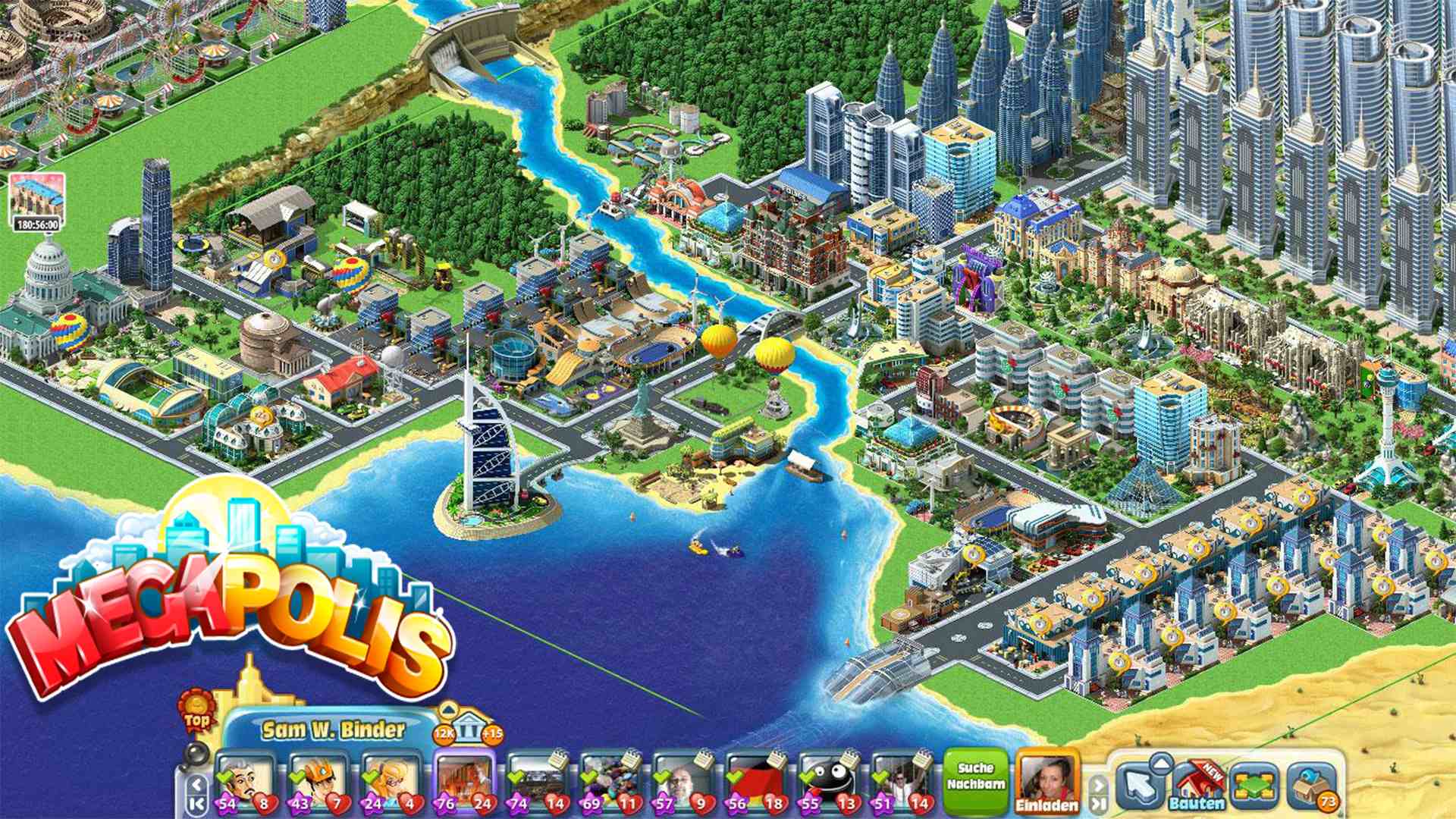Building Games Online for Kids in 2025: A Comprehensive Guide
Related Articles: Building Games Online for Kids in 2025: A Comprehensive Guide
Introduction
In this auspicious occasion, we are delighted to delve into the intriguing topic related to Building Games Online for Kids in 2025: A Comprehensive Guide. Let’s weave interesting information and offer fresh perspectives to the readers.
Table of Content
Building Games Online for Kids in 2025: A Comprehensive Guide

The landscape of children’s entertainment is rapidly evolving, with online games playing an increasingly prominent role. By 2025, the development of engaging and educational online games for children will be a crucial endeavor, requiring a deep understanding of emerging technologies, pedagogical principles, and the unique needs of young audiences. This article provides a comprehensive guide to building games online for kids in 2025, exploring key considerations, technological advancements, and future trends.
Understanding the Landscape:
The online gaming landscape for children in 2025 will be shaped by several key factors:
- Technological Advancements: Virtual reality (VR), augmented reality (AR), and mixed reality (MR) will become more accessible and integrated into gaming experiences, offering immersive and interactive environments.
- Evolving Play Patterns: Children will be exposed to a diverse range of digital play experiences, from traditional video games to interactive storytelling, educational simulations, and social play platforms.
- Emphasis on Safety and Privacy: Parental concerns regarding online safety and data privacy will remain paramount, driving the development of robust security measures and age-appropriate content filtering systems.
- Focus on Educational Value: Games will increasingly be designed to incorporate educational content, fostering cognitive development, problem-solving skills, and creativity.
Key Considerations for Game Development:
1. Age-Appropriate Content and Design:
- Target Audience: Clearly define the age group for the game, considering their cognitive abilities, interests, and digital literacy.
- Content: Ensure content is age-appropriate, avoiding themes of violence, sexual content, or inappropriate language.
- Gameplay Mechanics: Design intuitive and accessible gameplay mechanics that are easy to learn and master for the target audience.
- Visuals and Sound: Use bright colors, engaging animations, and age-appropriate sound effects to capture children’s attention.
2. Educational Value and Learning Objectives:
- Curriculum Alignment: Consider aligning the game’s content with educational standards and curriculum guidelines to enhance learning outcomes.
- Learning Through Play: Integrate educational concepts seamlessly into the gameplay, encouraging exploration, discovery, and problem-solving.
- Skill Development: Focus on developing essential skills such as critical thinking, problem-solving, creativity, and social-emotional learning.
- Assessment and Feedback: Implement mechanisms for tracking progress and providing feedback to children, promoting self-directed learning and motivation.
3. Safety and Privacy:
- Data Security: Implement robust security measures to protect children’s personal information and prevent unauthorized access.
- Content Filtering: Utilize content filtering systems to block inappropriate content and ensure a safe online environment.
- Parental Controls: Provide parents with tools to manage their children’s online activity, including time limits and content restrictions.
- Privacy Policies: Develop clear and concise privacy policies that explain how children’s data is collected, used, and protected.
4. Accessibility and Inclusivity:
- Universal Design: Design the game with accessibility features to accommodate diverse needs, including children with disabilities.
- Representation: Ensure diverse representation in characters, storylines, and settings to promote inclusivity and positive social messages.
- Language Options: Consider offering multiple language options to make the game accessible to a wider audience.
5. Technology and Platforms:
- Emerging Technologies: Explore the potential of VR, AR, and MR to create immersive and interactive gaming experiences.
- Cross-Platform Compatibility: Develop games that can be played on multiple platforms, including desktops, tablets, and mobile devices.
- Cloud Gaming: Leverage cloud gaming technology to provide seamless access to games without requiring high-performance hardware.
- Artificial Intelligence (AI): Integrate AI for personalized gameplay, adaptive difficulty levels, and intelligent game mechanics.
6. User Engagement and Gamification:
- Engaging Storylines: Create captivating narratives that resonate with children’s interests and encourage exploration.
- Reward Systems: Implement rewarding systems to motivate players and encourage continued engagement.
- Social Features: Include social features such as multiplayer modes and online communities to foster collaboration and interaction.
- Analytics and Data: Track user behavior and feedback to identify areas for improvement and enhance engagement.
Technological Advancements Shaping the Future:
- Virtual Reality (VR): VR will create immersive worlds for children to explore, interact with, and learn from, fostering spatial reasoning and problem-solving skills.
- Augmented Reality (AR): AR will overlay digital content onto the real world, transforming everyday environments into interactive learning experiences.
- Mixed Reality (MR): MR combines elements of VR and AR, creating a blended reality where virtual objects and environments coexist with the physical world.
- Artificial Intelligence (AI): AI will personalize gameplay, adapt to individual learning styles, and provide interactive feedback.
- Cloud Gaming: Cloud gaming will eliminate hardware limitations, allowing children to access high-quality games on any device with an internet connection.
FAQs:
Q: What are the benefits of building online games for kids?
A: Online games can provide children with numerous benefits, including:
- Cognitive Development: Enhance problem-solving, critical thinking, and decision-making skills.
- Creative Expression: Encourage imagination, creativity, and artistic expression.
- Social Interaction: Foster collaboration, communication, and teamwork skills.
- Educational Value: Integrate educational content and support learning objectives.
- Entertainment and Fun: Provide engaging and enjoyable experiences for children.
Q: What are the challenges of building online games for kids?
A: Developing online games for children presents several challenges:
- Content Moderation: Ensuring age-appropriate content and protecting children from harmful material.
- Privacy and Data Security: Protecting children’s personal information and complying with privacy regulations.
- Accessibility and Inclusivity: Designing games that are accessible to all children, regardless of their abilities or backgrounds.
- User Engagement: Creating games that are engaging, motivating, and encourage continued play.
Q: How can I ensure my game is safe for children?
A: To ensure safety, implement the following measures:
- Content Filtering: Employ robust content filtering systems to block inappropriate content.
- Data Security: Implement strong security measures to protect children’s personal information.
- Parental Controls: Provide parents with tools to manage their children’s online activity.
- Privacy Policies: Develop clear and concise privacy policies that explain how children’s data is handled.
Q: What are some tips for designing engaging online games for kids?
A: Consider these tips:
- Target Audience: Clearly define the age group and interests of your target audience.
- Simple Gameplay: Use intuitive and easy-to-learn gameplay mechanics.
- Reward Systems: Implement rewarding systems to motivate players and encourage continued engagement.
- Visual Appeal: Use bright colors, engaging animations, and age-appropriate sound effects.
- Educational Value: Integrate educational content seamlessly into the gameplay.
- Social Features: Include social features such as multiplayer modes and online communities.
Conclusion:
Building online games for kids in 2025 presents a unique opportunity to create engaging, educational, and safe digital experiences. By embracing emerging technologies, prioritizing educational value, and adhering to ethical guidelines, developers can create games that empower children, foster their cognitive development, and inspire their imaginations. As the online gaming landscape continues to evolve, the responsibility to develop ethical and enriching experiences for children will become increasingly crucial, ensuring that technology serves as a powerful tool for learning, creativity, and positive social development.








Closure
Thus, we hope this article has provided valuable insights into Building Games Online for Kids in 2025: A Comprehensive Guide. We thank you for taking the time to read this article. See you in our next article!